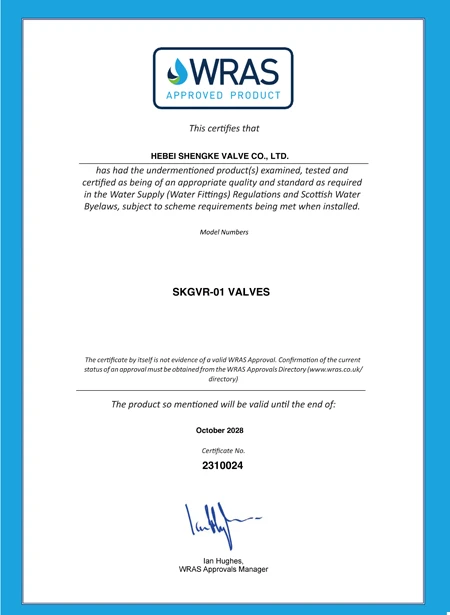10 月 . 13, 2024 08:14 Back to list
Exploring the Functionality and Applications of Gate Valves in Modern Engineering
Understanding Gate Valves An Essential Component in Fluid Control
Gate valves are a crucial element in the realm of fluid control systems, commonly used in various industrial applications, including water, oil, gas, and chemical processing. Their design and functionality have evolved over the years, making them an indispensable component in pipelines across the globe. This article delves into the fundamental aspects of gate valves, including their types, operation, advantages, and applications.
What is a Gate Valve?
A gate valve is a device that allows or restricts the flow of fluid by raising or lowering a gate-like mechanism within the valve body. Unlike other types of valves, such as globe or ball valves, gate valves are not meant for throttling purposes. Instead, they provide a straight-line flow path, making them ideal for applications where minimal pressure drop is required. Typically, gate valves are classified into two main types wedge gate valves and parallel gate valves.
Types of Gate Valves
1. Wedge Gate Valves The most common type, wedge gate valves feature a conical-shaped or tapered gate that fits tightly against the seat to ensure a leak-proof seal when closed. They are often used in high-pressure and high-temperature applications due to their robust design.
2. Parallel Gate Valves These valves utilize a flat gate that moves vertically between two parallel seats. While they typically offer less sealing efficiency than wedge gate valves, they are beneficial in specific applications where low pressure drops are preferred.
Operation of Gate Valves
Gate valves operate through a straightforward mechanism. The valve is manipulated via a handwheel or actuator, which raises or lowers the gate. When the gate is fully raised, unrestricted flow occurs. Conversely, lowering the gate engages the seats, effectively blocking the flow. This mechanism allows for quick opening and closing of the valve, which is particularly advantageous when immediate flow control is needed.
Advantages of Gate Valves
1. Low Pressure Drop Because they provide an unobstructed flow path, gate valves maintain a low-pressure drop, making them efficient for use in long pipelines.
gate valve

2. Durability and Longevity Constructed from robust materials such as stainless steel, bronze, or cast iron, gate valves are designed to withstand harsh operating conditions, leading to prolonged service life.
3. Full Port Design The design of gate valves allows for a full port or through bore, minimizing turbulence and promoting smooth fluid flow.
4. Versatility Gate valves are suitable for various applications and can handle different types of fluids, including liquids, gases, and steam.
Applications of Gate Valves
Gate valves are predominantly employed in industrial settings, including
- Water Treatment Facilities Used in pumping stations, reservoirs, and distribution systems to control the supply and flow of water.
- Oil and Gas Industry Employed in pipelines and refineries to manage the flow of crude oil and natural gas effectively.
- Chemical Processing Plants Utilized in various processes where corrosion-resistant materials are required to handle chemical fluids.
- Power Generation Commonly found in steam and cooling systems to regulate flow and ensure efficient operation.
Conclusion
In summary, gate valves play a vital role in fluid control across various industries due to their reliable and efficient operation. Their low-pressure-drop design, durability, and versatility make them essential components in numerous applications. As technology continues to advance, gate valves are likely to undergo further developments, enhancing their capabilities and ensuring their place in fluid management systems for years to come. Understanding and selecting the right gate valve for specific applications can lead to optimized performance and enhanced safety in fluid control operations.
Share
-
Understanding the Differences Between Wafer Type Butterfly Valve and Lugged Butterfly ValveNewsOct.25,2024
-
The Efficiency of Wafer Type Butterfly Valve and Lugged Butterfly ValveNewsOct.25,2024
-
The Ultimate Guide to Industrial Swing Check Valve: Performance, Installation, and MaintenanceNewsOct.25,2024
-
Superior Performance with Industrial Swing Check Valve: The Essential Valve for Any SystemNewsOct.25,2024
-
Industrial Swing Check Valve: The Ideal Solution for Flow ControlNewsOct.25,2024
-
You Need to Know About Industrial Swing Check Valve: Functionality, Scope, and PerformanceNewsOct.25,2024